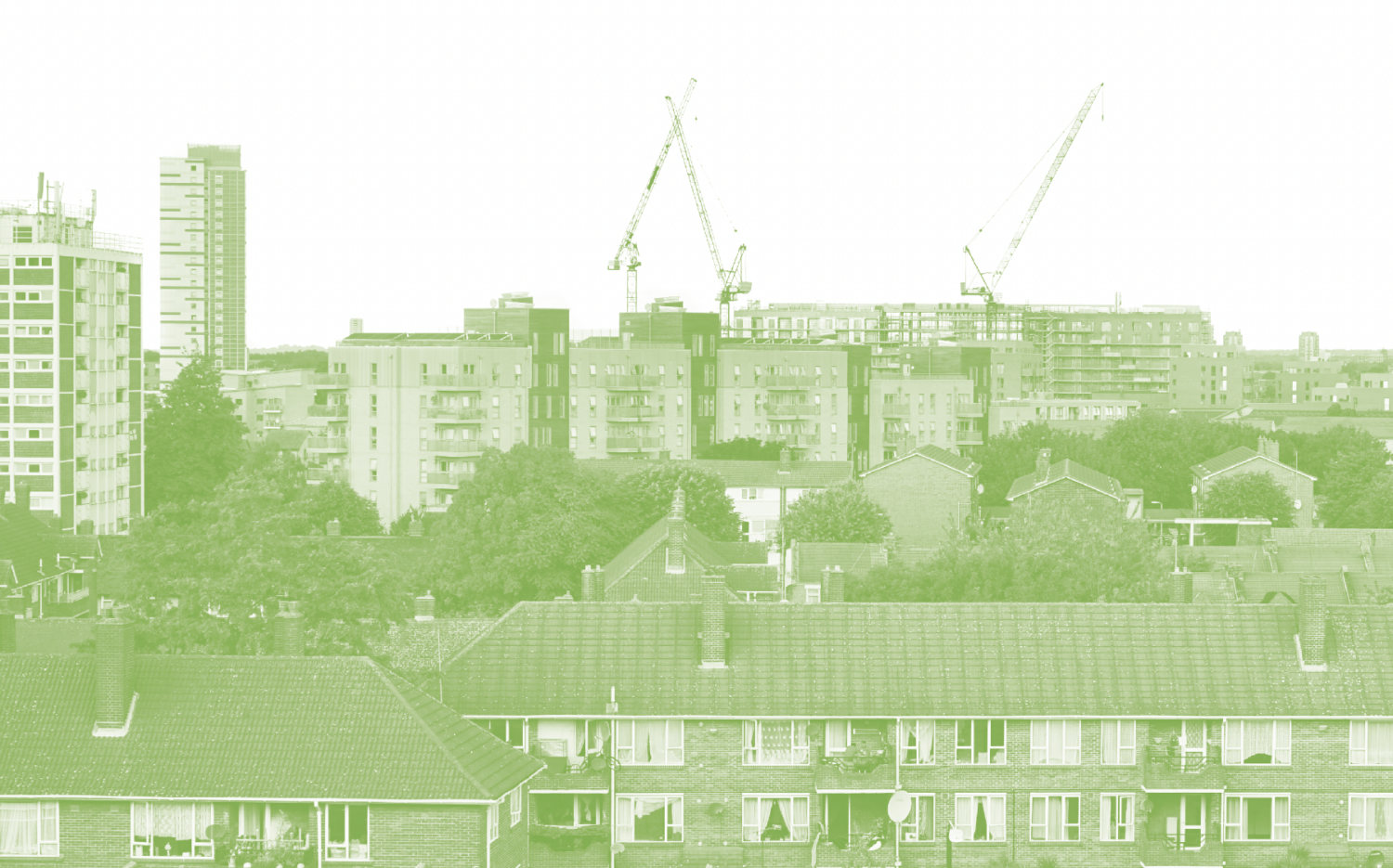While all of New York’s buildings must play an essential role in effective climate action, its tall residential buildings present one of the biggest challenges. Representing approximately 15% of all of New York City greenhouse gas (GHG) emissions in 2022, New York’s tall residential buildings have a predominance of natural gas and oil-powered domestic hot water and steam heating systems. Coupled with extremely low vacancy rates, the transition away from fossil fuels will be a significant and daunting challenge.

As we reach the first compliance period of NYC’s groundbreaking 2019 legislation to curb carbon emissions, Local Law 97 (LL97), and look, just ahead, to the law’s second compliance period, in 2030, when over 60% of covered multifamily buildings will need to reduce their emissions to avoid an annual penalty, this report explored several key retrofit questions, including: what GHG reductions are achievable; what building systems were upgraded; what technology was implemented; what were the challenges and opportunities; and what are the lessons learned?
Having previously explored tall office building deep retrofit case studies, in 2020 (High Rise Low Carbon Office Deep Retrofit Profiles, August 2020), this research team turned its focus to a global search for deep retrofits of existing high-rise residential buildings that resulted in annual operational carbon emissions at or below LL97’s 2030 carbon cap, limiting the search to climate zones similar to New York and only including projects with verified pre- and post-retrofit energy data.





